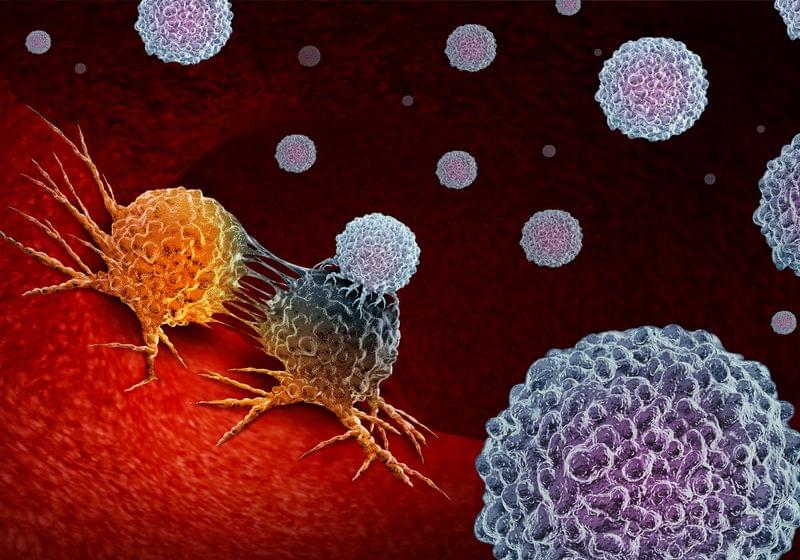A NASA spacecraft has rocketed away on a six-year journey to a rare asteroid made of metal. SpaceX launched the Psyche spacecraft on Friday from the Kennedy Space Center in Florida.


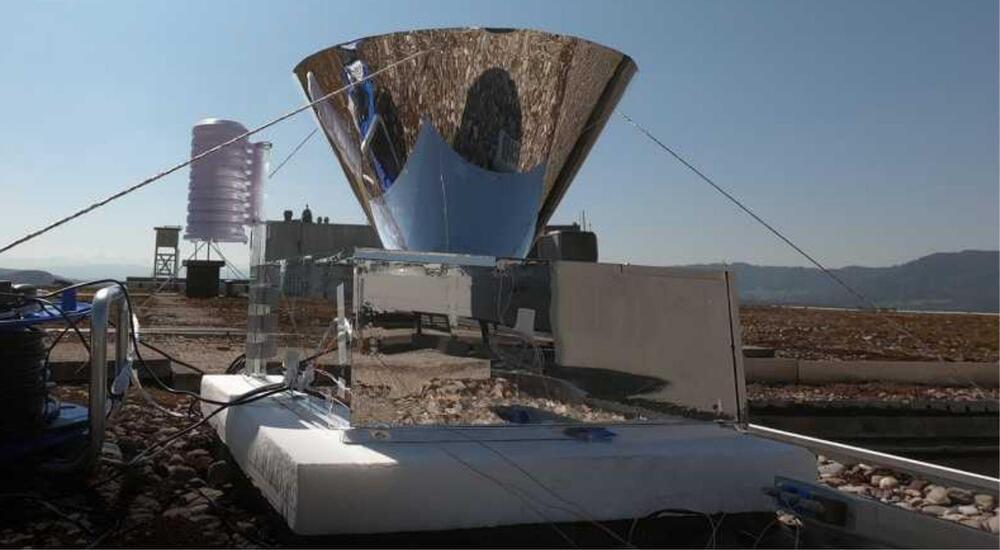
Global warming has severely impacted the supply of fresh water in many parts of the world. Coastal communities have resorted to salination plants while those in the far interior have no option but to extract water from the air. Most of these techniques are energy-intensive or only work under certain conditions. Now, a new technology developed by researchers at ETH Zurich can help humanity access fresh water 24 hours a day and without spending any energy.
The technology might not look so sophisticated at first, and one might just say that it’s just another regular glass pane. But only the researchers who developed it will tell you that this glass pane is coated with special polymers and silver layers that give the glass properties to reflect solar radiation and also emit heat directly into outer space.

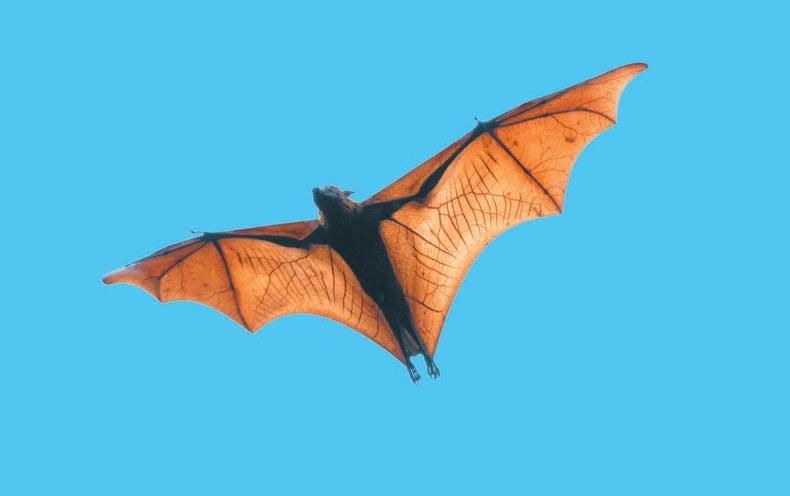

Consider the potential problems. Number one would be that any potential aliens we encounter won’t be speaking a human language. Number two would be the lack of knowledge about the aliens’ culture or sociology — even if we could translate, we might not understand what relevance it has to their cultural touchstones.
Eamonn Kerins, an astrophysicist from the Jodrell Bank Centre for Astrophysics at the University of Manchester in the U.K., thinks that the aliens themselves might recognize these limitations and opt to do some of the heavy lifting for us by making their message as simple as possible.
“One might hope that aliens who want to establish contact might be attempting to make their signal as universally understandable as possible,” said Kerins in a Zoom interview. “Maybe it’s something as basic as a mathematical sequence, and already that conveys the one message that perhaps they hoped to send in the first place, which is that we’re here, you’re not alone.”
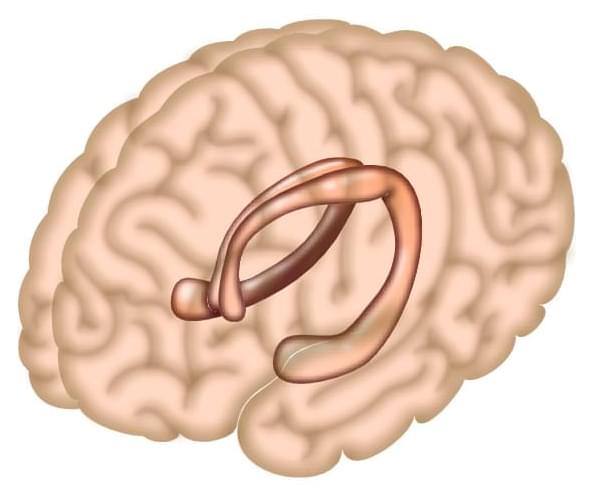
Let’s say you typically eat eggs for breakfast but were running late and ate cereal. As you crunched on a spoonful of Raisin Bran, other contextual similarities remained: You ate at the same table, at the same time, preparing to go to the same job. When someone asks later what you had for breakfast, you incorrectly remember eating eggs.
This would be a real-world example of a false memory. But what happens in your brain before recalling eggs, compared to what would happen if you correctly recalled cereal?
In a paper published in Proceedings of the National Academy of Sciences, University of Pennsylvania neuroscientists show for the first time that electrical signals in the human hippocampus differ immediately before recollection of true and false memories. They also found that low-frequency activity in the hippocampus decreases as a function of contextual similarity between a falsely recalled word and the target word.

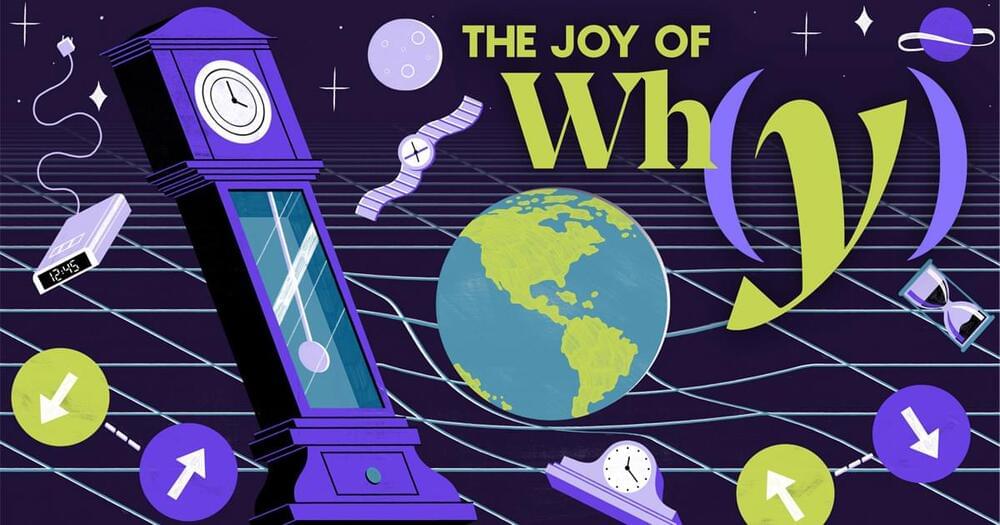
And that’s where the trouble really starts. Down there, nature is governed by quantum mechanics. This amazingly powerful theory has been shown to account for all the forces of nature, except gravity. When physicists try to apply quantum theory to gravity, they find that space and time become almost unrecognizable. They seem to start fluctuating wildly. It’s almost like space and time fall apart. Their smoothness breaks down completely, and that’s totally incompatible with the picture in Einstein’s theory.
(01:54) As physicists try to make sense of all of this, some of them are coming to the conclusion that space and time may not be as fundamental as we always imagined. They’re starting to seem more like byproducts of something even deeper, something unfamiliar and quantum mechanical. But what could that something be? Joining me now to discuss all this is Sean Carroll, a theoretical physicist who hosts his own podcast, Mindscape. Sean spent years as a research professor of physics at Caltech [California Institute of Technology], but he is now moving to Johns Hopkins as the Homewood Professor of Natural Philosophy. He’s also an external professor at the Santa Fe Institute. But no matter where he is, Sean studies deep questions about quantum mechanics, gravity, time and cosmology. He’s the author of several books, including his most recent, Something Deeply Hidden: Quantum Worlds and the Emergence of Spacetime. Sean, thank you so much for joining us today.

Do you think human beings are the last stage in evolution? If not, what comes next?
I do not think human beings are the last stage in the evolutionary process. Whatever comes next will be neither simply organic nor simply machinic but will be the result of the increasingly symbiotic relationship between human beings and technology.
Bound together as parasite/host, neither people nor technologies can exist apart from the other because they are constitutive prostheses of each other. Such an interrelation is not unique to human beings. As the physiologist J. Scott Turner writes in “The Extended Organism”: “Animal-built structures are properly considered organs of physiology, in principle no different from, and just as much a part of the organism as kidneys, heart, lungs or livers.” This is true for termites, for example, who form a single organism in symbiosis with their nests. The extended body of the organism is created by the extended mind of the colony.
